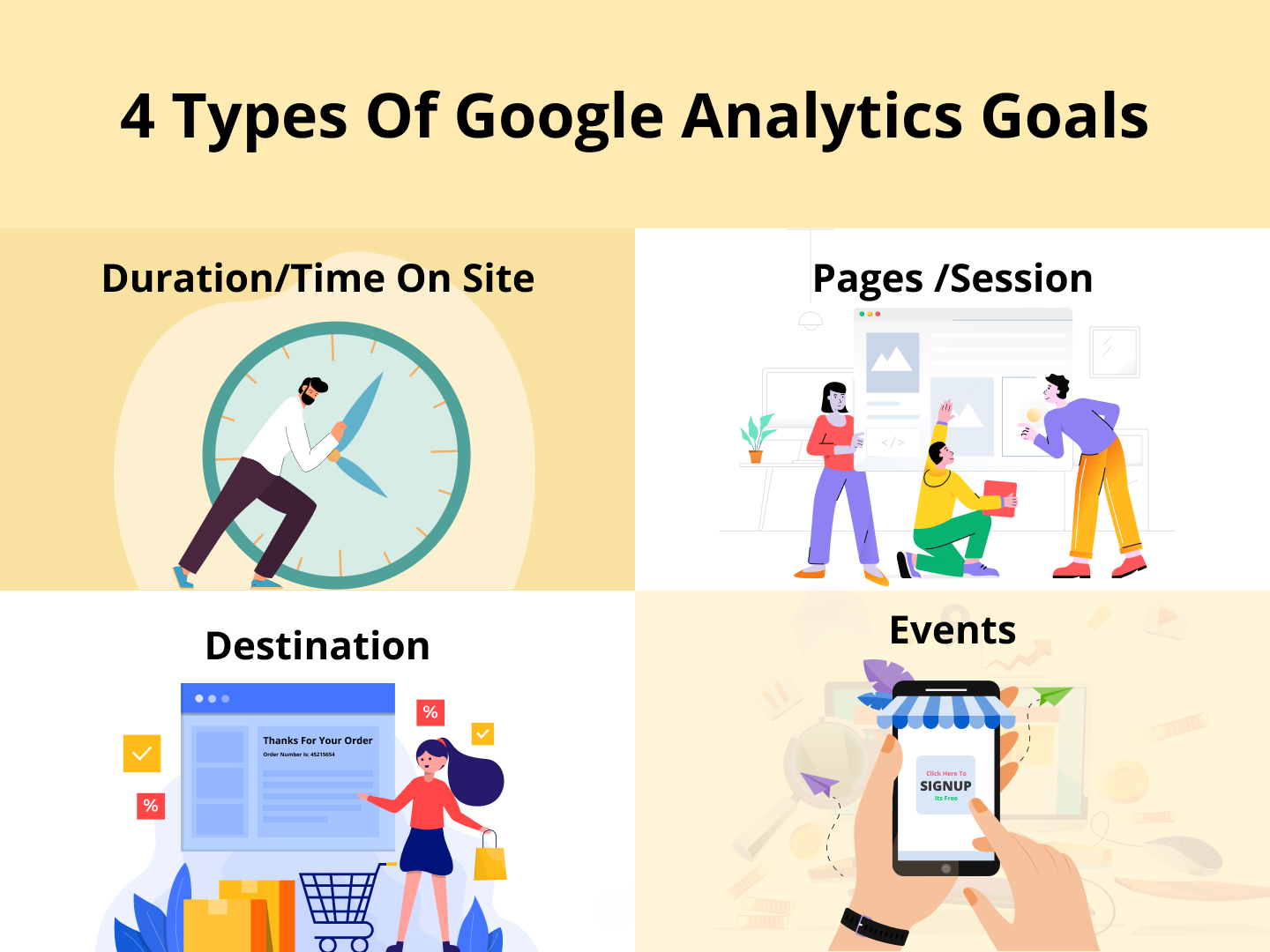Unveiling the Blind Destinations: Recognizing What Google Analytics Goals Can not Determine
In the world of electronic analytics, Google Analytics stands as an effective tool for tracking and examining on-line customer communications. Understanding what Google Analytics goals can not measure is vital for obtaining an extensive sight of customer behavior and involvement.
Individual Behavior on External Platforms
Understanding exactly how users connect on outside platforms is important for maximizing on-line techniques. Exterior platforms, such as social media sites networks, referral web sites, and online discussion forums, play a significant function in driving website traffic to a firm's internet site. By examining user habits on these systems, companies can get beneficial understandings right into the efficiency of their advertising and marketing efforts and the choices of their target audience.
One key facet of customer actions on outside platforms is the reference source. By tracking where the users are originating from, services can recognize which systems are driving the most traffic to their website. This info can assist firms allot their resources a lot more successfully, concentrating on the systems that generate the very best results.

Offline Conversions and Communications
Examining customer behavior on exterior systems offers beneficial understandings into on-line approaches; however, thinking about offline conversions and communications is similarly critical for a detailed understanding of a business's general performance. While Google Analytics succeeds at tracking on-line interactions, it falls brief in catching the complete consumer trip that often includes offline touchpoints. Offline conversions, such as in-store purchases or phone queries, play a substantial function in many organizations' success. Neglecting these communications can lead to a distorted sight of the effectiveness of marketing campaigns and overall business efficiency.

Acknowledgment Beyond Last Click
When diving into the realm of digital advertising and marketing analytics, it becomes vital to look past the single touchpoint of the last click for an extra detailed understanding of acknowledgment. While Google Analytics supplies important understandings into individual actions, depending solely on last-click attribution can be restricting - what data is google helpful resources analytics goals unable to track. Acknowledgment models that exceed the last click provide a much more nuanced view of the customer trip, taking into consideration all the touchpoints that bring about a conversion
Attribution past the last click permits marketing professionals to assign credit to various interactions along the conversion course, providing a more clear image of the efficiency of various advertising and marketing channels. By checking out multi-touch attribution designs such as direct, time decay, or position-based acknowledgment, services can much better allot their advertising and marketing spending plans and enhance their approaches for maximum effect.
Recognizing the influence of each touchpoint in the conversion procedure is crucial for making educated decisions and making the most of ROI. By accepting attribution past the last click, companies can get deeper insights right into consumer habits and customize their advertising initiatives much more efficiently.
Cross-Device and Cross-Browser Tracking

Likewise, cross-browser monitoring complements cross-device tracking by recording customer behavior as they switch in between various internet internet browsers. Understanding exactly how individuals connect with internet sites on various web browsers can assist marketers maximize their on the internet experiences to make sure consistency and capability across different systems.
Qualitative Information and User Intent
Recognizing individual intent through qualitative data evaluation is crucial for establishing targeted electronic advertising methods that reverberate with the needs and preferences of the target market. Qualitative information offers understandings right into the 'why' behind individual activities, losing light useful link on inspirations, feelings, and choices that quantitative data alone can not catch. By evaluating user feedback, remarks, and interactions, marketing professionals can discover useful information about individual intent, allowing them to tailor their messaging, material, and offerings to much better straighten with what their target market is seeking.
Qualitative data also aids in recognizing the context in which customers engage with a web site or app. This contextual understanding makes web it possible for marketing experts to create more customized and pertinent experiences, inevitably driving greater interaction and conversion rates. By diving right into user intent via qualitative information analysis, businesses can acquire a much deeper understanding of their target market, resulting in more effective marketing approaches that meet users' requirements and assumptions.
Conclusion
To conclude, Google Analytics goals have limitations in measuring user habits on external platforms, offline conversions, attribution past last click, cross-browser and cross-device tracking, and qualitative data connected to individual intent. what data is google analytics goals unable to track. It is very important for organizations to be knowledgeable about these dead spots in order to supplement their information analysis with various other tools and approaches to gain a much more extensive understanding of their audience and improve their general digital marketing methods
By evaluating customer actions on these systems, services can obtain important insights right into the efficiency of their advertising initiatives and the choices of their target audience.
Assessing user habits on exterior platforms offers important understandings right into online techniques; nevertheless, thinking about offline conversions and interactions is just as necessary for a comprehensive understanding of a company's overall efficiency.In digital advertising analytics, moving beyond last-click attribution to discover cross-device and cross-browser monitoring is necessary for obtaining an alternative understanding of individual interactions across various platforms and gadgets. By assessing user responses, remarks, and communications, marketing professionals can uncover important details concerning customer intent, allowing them to customize their messaging, material, and offerings to better straighten with what their target market is seeking.
By delving right into individual intent with qualitative information analysis, organizations can get a deeper understanding of their target audience, leading to a lot more efficient advertising strategies that satisfy customers' demands and expectations.